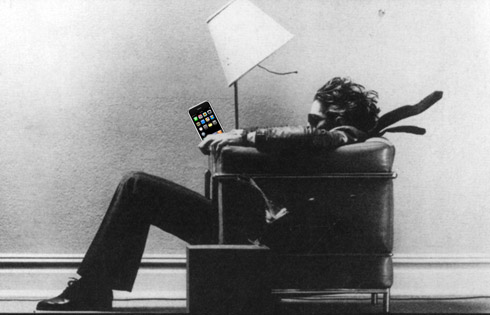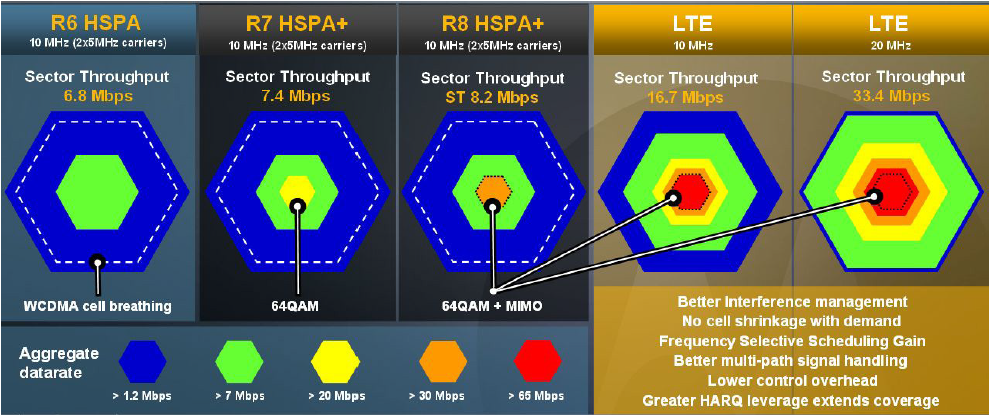How Fast is Mobile Data
 The data speed that you will achieve will vary greatly depending on your device's capability and the network you connect to. The maximum speed you will attain will be with a good 3G signal when the radio network is not too busy - maybe 1-2 Mbps. At peak times during the busy hour with a lot of people using their phones then the speed will drop. This is why speeds are not often mentioned as nothing can be guaranteed and will vary from day to day.
The data speed that you will achieve will vary greatly depending on your device's capability and the network you connect to. The maximum speed you will attain will be with a good 3G signal when the radio network is not too busy - maybe 1-2 Mbps. At peak times during the busy hour with a lot of people using their phones then the speed will drop. This is why speeds are not often mentioned as nothing can be guaranteed and will vary from day to day.
An added complication is that 3G radio coverage also changes when the radio cell is heavily loaded - the radio cell size decreases. If you are near the edge of a radio cell (even with a usually good signal) you may find that the 3G service disappears whenever the network is busy.
Without 3G you are stuck with GPRS - this is more reliable as the cell sizes don't shrink in busy times but will seem incredibly slow after a 3G service. You won't be able to receive any video or audio streaming that requires more than the 30kbps that GPRS offers. Video on 3G is usually streamed between 100kbps and 200kbps so just does not work at 30kbps.
When 3G networks were first rolled out mobile data rates went up to 100-200kbps but were quickly superseded by network upgrades to HSPA (High Speed Packet Access) which provided first 3.6M bps connections then upgraded again to 7.2M bps then 14M bps.
The maximum speed you will obtain is limited by:
- Your device capability
- Your carriers mobile network capability
- And - having a good signal
- And - not having network congestion
As e-mail is not real time, speed only becomes an issue when sending and receiving large attachments. Sending is particularly difficult with GPRS as many terminals only have a single channel uplink running at 9-14kbps. Outgoing emails are under your control so it is easy to compress with one of the common utilities to produce a ZIP or RAR files.
As long as you stick to 3G then you have the plenty of speed for mobile email and can also use IMAP for a really great mobile Email service.
Edge
This was another technology that some GPRS networks rolled out. I upgraded the GPRS radios in the base stations to provide a higher data rate, often achieving 1M bps. (Some of the first Iphones had this capability) which made a noticeable improvement over standard GPRS.
The Future
The future for many 3G HSPA networks is to be upgraded to HSPA+ and then LTE (or 4G). This provides a significant upgrade to the data speeds to 56M bps downlink and 22M bps uplink. It is not small upgrade for operators as it will require a whole new infrastructure to provide an all IP based network with very low latency and high capacity.
The following diagram from Motorola shows how each network upgrade (R = Release or version number for HSPA - higher the number, higher the data rate) should increase the data rate rates available especially as users approach the edges of a cell.


